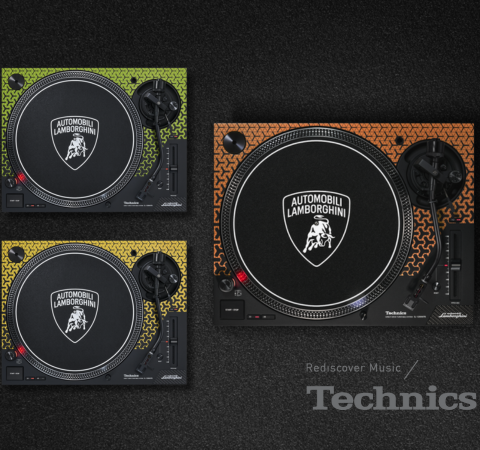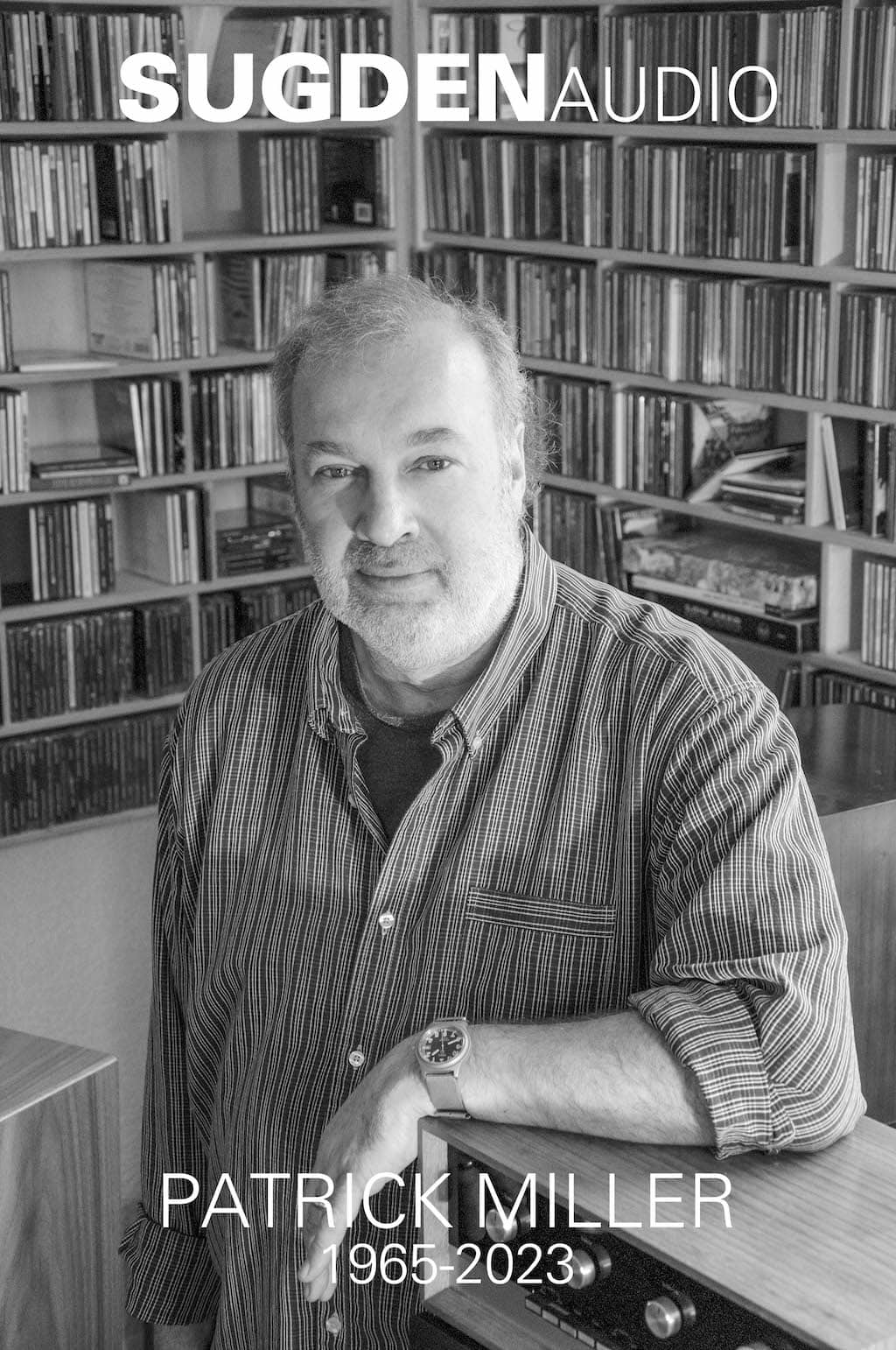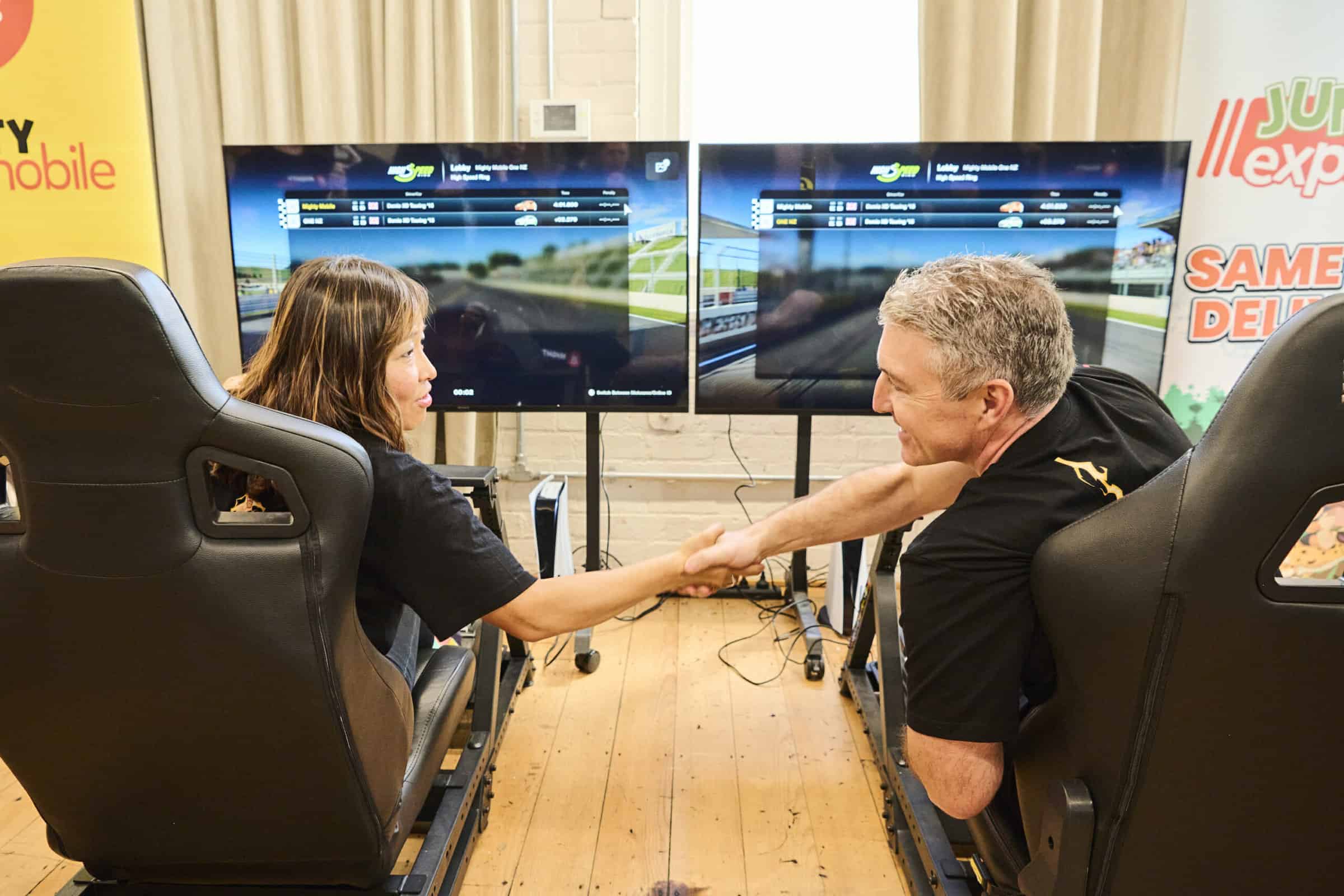Pat Pilcher reports on the latest innovation in large TV panels – better pictures through OLED screens.
 LG HAVE JUST announced what could be the ultimate TV. Even better still, it’s soon to hit the market.
LG HAVE JUST announced what could be the ultimate TV. Even better still, it’s soon to hit the market.
A few years back while doing a stint on Good Morning TV, I got to spend some hands-on time with a vintage Philips K9 TV. Back in 1978 its 22-inch colour picture tube screen and wood veneer cabinet were state of the art. It’s amazing just how much has changed.
Back in the present, 22-inch screens are something you’d only ever use on a PC. TVs have also shed a massive amount of weight to become so thin that they’re often hung like pictures on walls. The biggest change has been the move away from standard definition video to 1080p HD and more recently, to ultra HD.
Most of today’s TVs use LCD panels with LED backlighting. It’s a tried and tested combination that works. But there are problems
The biggest is contrast. LCD displays filter backlighting through an LCD screen. This means LCD pixels block the backlight by turning opaque in order to display a black pixel.
Unfortunately, this usually results in dark grey rather than black. White is also challenging, with whites often displayed as bright greys rather than pure whites. The upshot of this is that contrast levels are not what they could be, and this can make on-screen detail seem a little soft. Intelligently adjusting the illumination levels of individual LED backlights behind pixels helps, but contrast is still an issue for LCD screens.
Displaying fast moving objects is another challenge with LCD. Early LCD TVs suffered from motion judder or blurring. Later generations addressed this with higher refresh rates and video processing. Even with these fixes, motion-processing artifacts can appear and detract from the viewing experience.
Low contrast levels and motion judder were non-issues for plasma TVs. Sadly, most manufacturers have ceased to make them.
The good news is that there’s another even better option on the horizon. LG have announced that they’re to launch a range of TVs that’ll support UHD resolutions using OLED display technologies.
OLED offers some huge advantages over LCD, the biggest of which is the fact that OLED TVs don’t suffer from motion judder or blur.
Using TFT active matrix with OLED means LG’s TVs should have the fastest response rate of any display on the market. This should translate into fluid on-screen motion, making an OLED TV ideal for sports or action movie fans.
Narrow viewing angles were also an issue with earlier LCD TVs. Walk to one side of the screen and the picture would become all but unwatchable. Because OLED displays emit light rather than blocking it, they don’t suffer from viewing angle issues.
Another biggie is size. Although LCD screens are thinner than picture tube TVs, they’re still chubbers compared to OLED. OLED displays are usually embedded in a single layer of plastic. Compared to the layers of filters and backlight panels on a typical LCD screen, OLED screens are thin and incredibly light. OLED screens are also flexible, which means manufacturing curved OLED TVs is far easier than with LCD.
OLED TVs are energy efficient, too. This is because they only use a tiny current to illuminate the organic phosphorescent dots that make up pixels. Because OLED needs so little power to operate, it should also last a long time. One exception to this can be blue OLED pixels which are shorter lived than red and green OLED pixels. Where static images displayed for too long could leave an image etched into plasma screens, OLED TVs don’t suffer from burn-in.
One of the most noticeable benefits of OLED screens is contrast. Blacks are really pitch black and whites are brilliant white. This means that on-screen detail appears razor sharp. With UHD the effect is nothing short of stunning.
I’ve reviewed a bunch of LCD UHD TVs. While they impressed, I was left with the impression that detail was missing because of a lack of contrast. This was also brought home to during a trip to Korea, where I visited one of LG’s screen manufacturing plants.
While there I saw a prototype UHD capable OLED screen. It blew my mind. The screen had more in common with a window than a TV. Pixels were almost indiscernible while motion was smooth and detailed. The extra detail highlighted by the amazing contrast levels was nothing short of stunning.
Now it appears that these TVs will soon be hitting retailer shelves. LG confirmed that they’re launching a curved 65-inch OLED UHD TV in Europe, South Korea and North America in September. Locally, LG were not able to give a firm date for UHD OLED TVs, but did say that they expect NZ to be one of the early OLED TV recipients.
It’ll be an interesting move. Not only do LG stand to beat their competitors to market, but the sheer performance gap that a UHD OLED TV creates should give them a commanding lead. This is pretty important considering just how tight competition is in the TV market. Any innovation (no matter how small) usually gets trumpeted by eager marketers in a bid to stand out.
So, how long will it take LG’s competitors to catch up? Both Sony and Panasonic showcased prototype OLED screens last year at CES but haven’t put any into production. LG’s number one competitor, Samsung, launched two OLED TVs in 2013, but both models only supported 1080p. Both are no longer sold.
LG appear to have got its OLED manufacturing issues resolved. This is an important detail as OLED manufacturing economics has suffered from low yields. Only time will tell if refinements to LG’s competitors’ manufacturing processes make OLED TVs a market-wide phenomenon.
Sheer gee wiz aside, ultra-HD OLED tellies won’t be cheap. Initial estimates have LG selling a 65-inch model for a whopping US$11,765 (that’s a breathtaking NZ$14,099, possibly more once shipping and warehousing is factored into the mix). The cost may limit their appeal in the New Zealand market. This said, there’s bound to be one or two AV addicts with spare cash and understanding spouses. Like any technology, prices will come down over time.
Another other issue that could hold back early sales is the lack of 4K content. Bandwidth constraints mean that a 4K video stream over DSL would be more like an ultra-high-def slide show. Free to air broadcasters are still only delivering HD content in New Zealand.
However, LG will probably bake-in up scaling, which should create convincing faux UHD from HD content. Better still, the pieces are in place for streaming UHD content. In the US, Netflix are already offering some UHD shows for those with fast broadband connections. Back in NZ, fibre and VDSL2 is already hitting NZ at a breakneck pace. Here’s hoping that video streaming providers can get their UHD act together soon. PAT PILCHER















